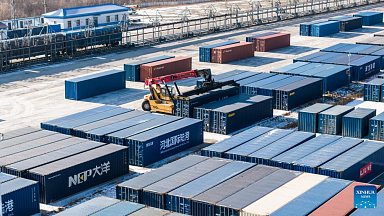«Kassym-Jomart Tokayev emphasized his readiness to continue close cooperation in order to ensure new achievements and deepen Kazakh-Chinese relations of friendship, good-neighborliness and mutual respect, and invited Xi Jinping to make a state visit to Kazakhstan in September,» the statement reads.
According to the press service, the Chinese president accepted the invitation.
The Kazakh presidential press service added that during the meeting, the parties had focused on joint efforts to boost trade and economic ties. The Kazakh head of state noted that the implementation of the One Belt, One Road initiative was a priority and confirmed that the country was interested in cooperating with China in the field of digital technologies, transport and logistics. Besides, the parties also discussed the prospects for cooperation in the field of tourism, cultural and humanitarian ties.
Xi Jinping, in turn, expressed determination to foster comprehensive strategic partnership with Kazakhstan.



